1. Cairo, Illinois
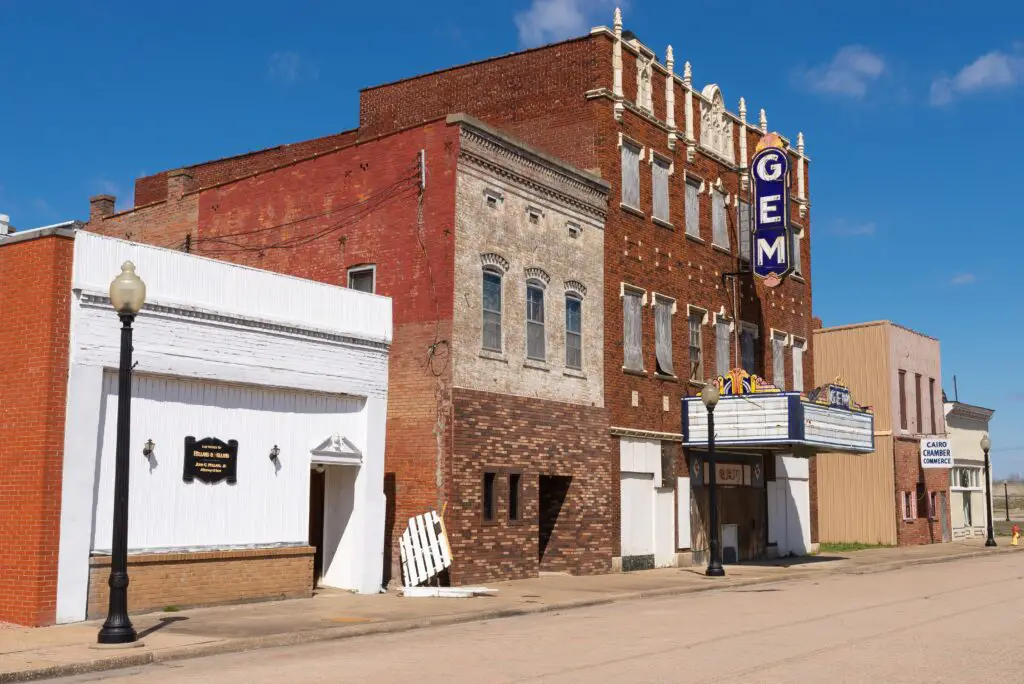
Tucked at the southernmost tip of Illinois, Cairo is a hauntingly beautiful town with a rich history that dates back to the steamboat era. Once a bustling port city, it now faces a dwindling population and economic struggles. Vacant buildings and a sense of abandonment permeate its historic downtown, but the charm of the antebellum architecture lingers. Flooding from the Mississippi and Ohio Rivers poses a constant threat, eroding both land and hope for recovery. Preservation efforts exist, but without significant investment, Cairo could become a ghost town within the next decade.
2. Centralia, Pennsylvania
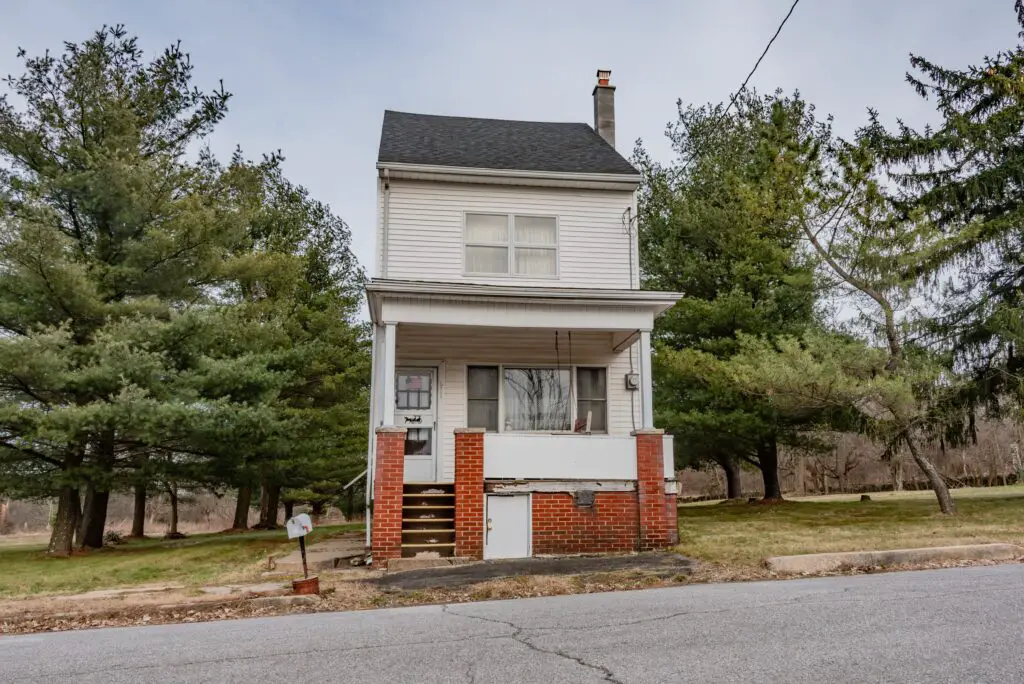
Centralia’s story is one of eerie resilience. A coal mine fire has been burning beneath this small Pennsylvania town since the early ’60s, making the ground unstable and releasing dangerous gases. Most residents were relocated decades ago, and today, fewer than five people still call Centralia home. Streets are overgrown, homes are gone, and the town feels more like a post-apocalyptic movie set than a place where families once thrived. As the fire continues to burn, the remaining traces of Centralia are disappearing, leaving behind little more than a memory.
3. Kalaupapa, Hawaii

This remote settlement on the island of Molokai has a tragic yet powerful history as a former leper colony. Today, Kalaupapa is home to fewer than a dozen residents, mostly elderly individuals who were exiled there in their youth. As time passes, the population is dwindling, and the unique cultural heritage of this place risks being forgotten. Strict preservation laws limit tourism, but that’s part of what makes it so special. However, with its aging population and isolation, Kalaupapa’s future looks uncertain.
4. Thurmond, West Virginia
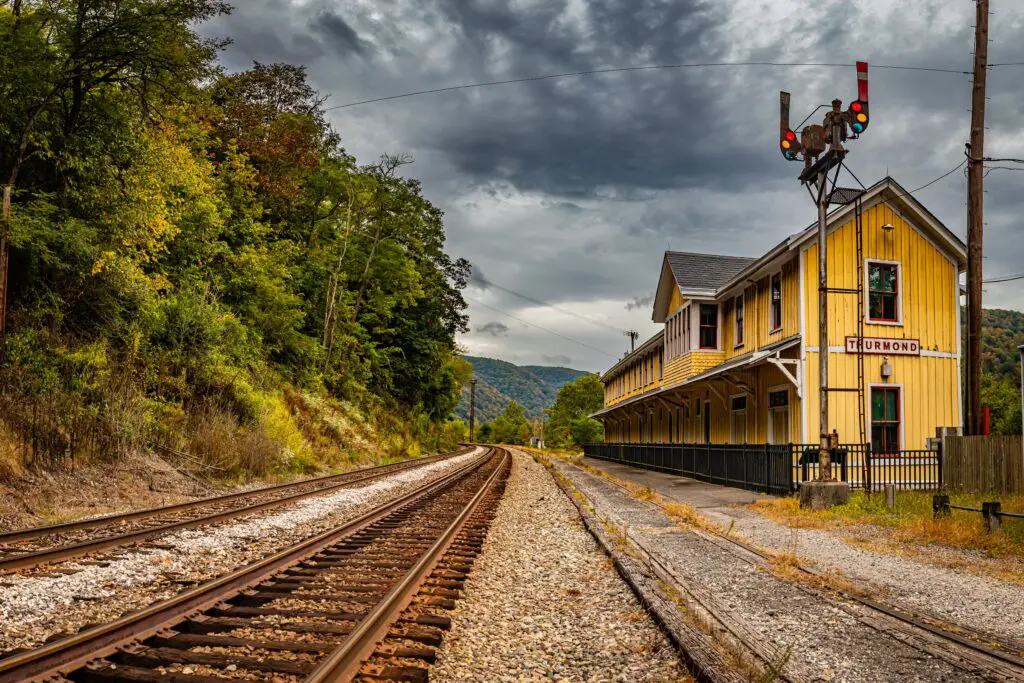
Thurmond is a town frozen in time, its once-thriving rail industry long gone. Located in the heart of the New River Gorge, it’s now managed by the National Park Service as a historic site. While the scenery is stunning, the town’s population has dwindled to fewer than five people. Decaying rail depots and empty storefronts tell the story of a bygone era. Without visitors or substantial preservation funding, this rail town could vanish entirely, erasing a unique chapter of Appalachian history.
5. Bodie, California
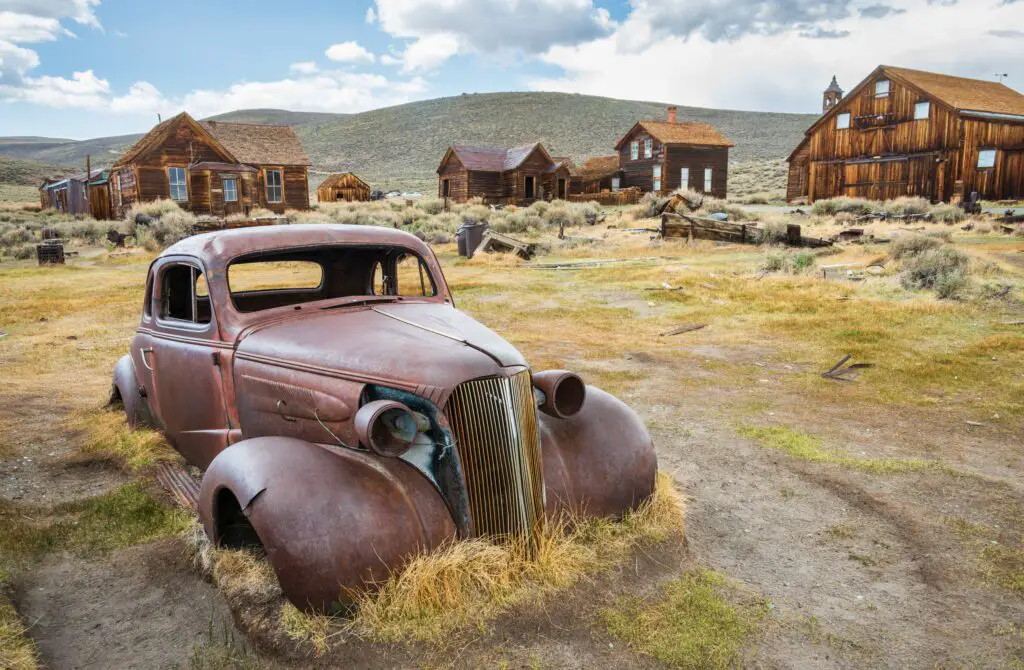
Bodie is often celebrated as a “ghost town,” but its preservation relies heavily on funding and tourism. A booming gold mining town in the late 1800s, it was abandoned almost as quickly as it rose. Today, Bodie is maintained in a state of “arrested decay,” meaning it’s kept as it was left. However, extreme weather and limited resources make it increasingly challenging to preserve. Without continued care, Bodie’s iconic wooden buildings could crumble, leaving only whispers of the past.
6. St. Thomas, Nevada
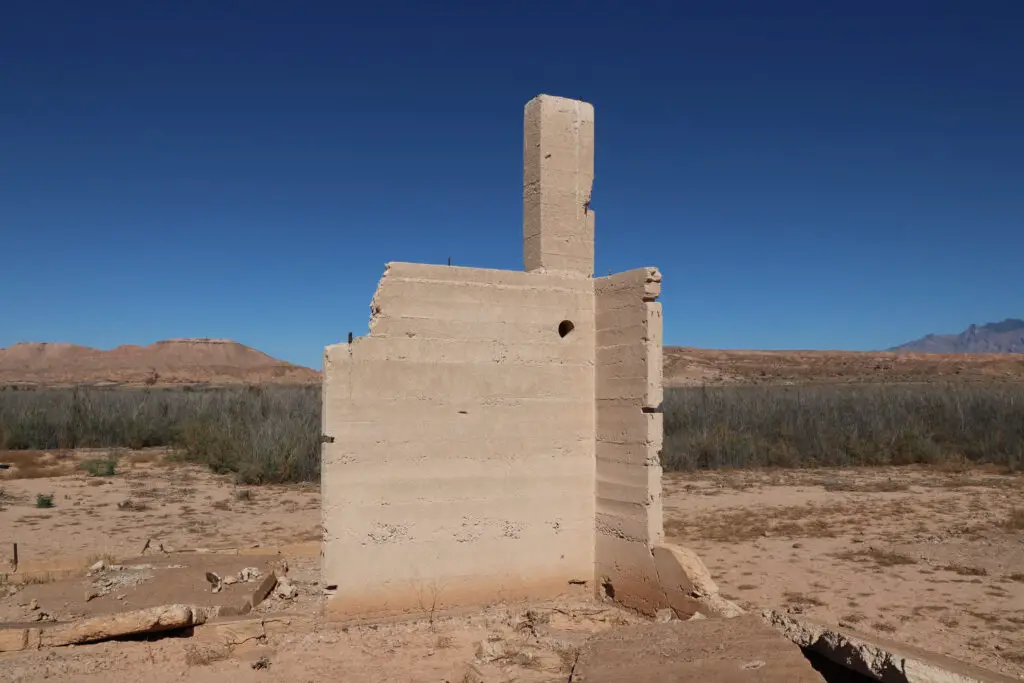
Submerged under Lake Mead for decades, the ruins of St. Thomas resurfaced due to declining water levels. This former Mormon settlement is a haunting reminder of how nature can reclaim what humans build. As water levels continue to fluctuate, the ruins face potential erosion or permanent submersion again. Visitors are drawn to its ghostly atmosphere, but the town’s delicate remains are vulnerable. If conservation efforts aren’t prioritized, St. Thomas could disappear once more, this time for good.
7. Detroit, Oregon
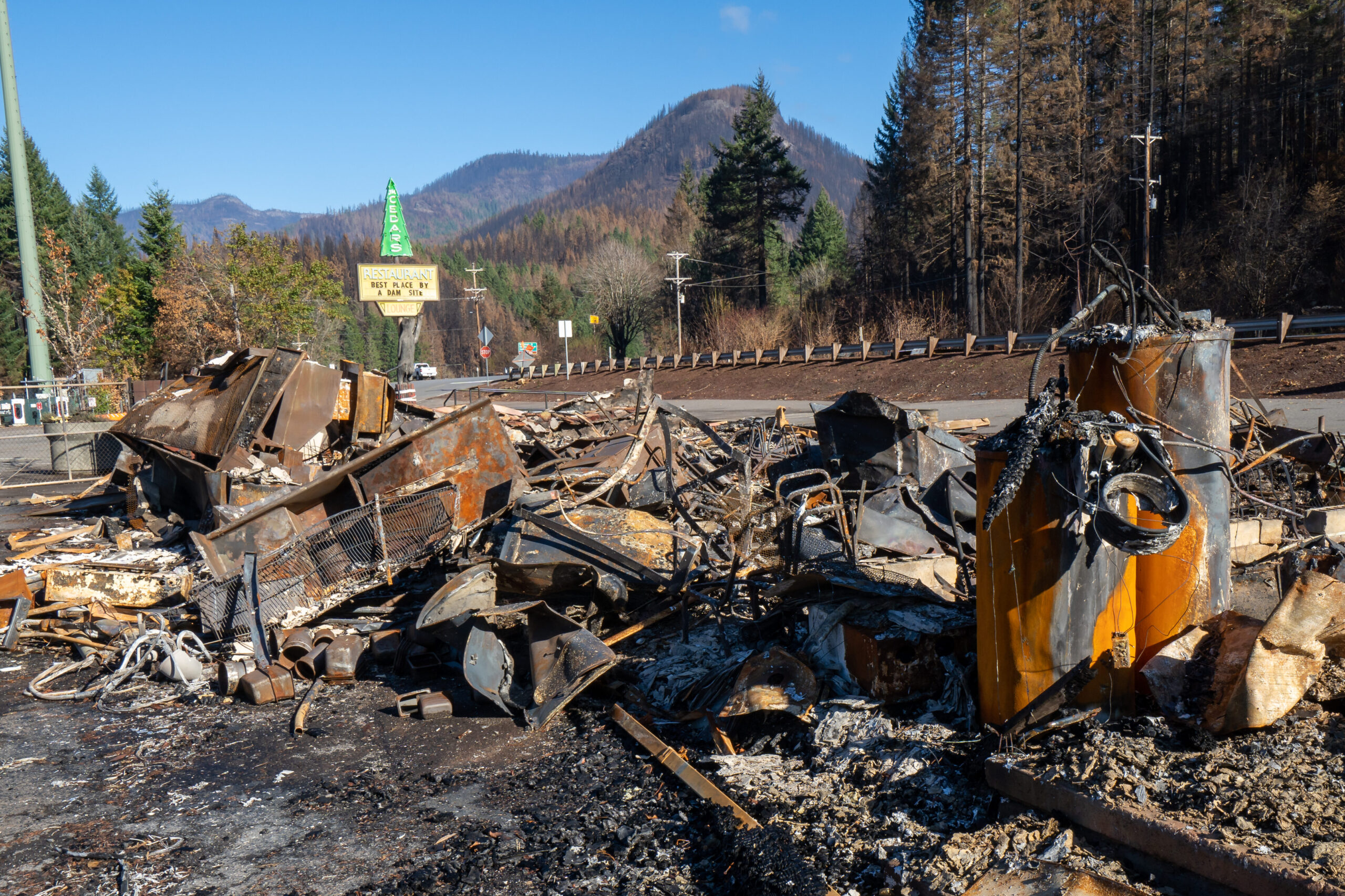
This small Oregon town was devastated by the Beachie Creek Fire in 2020, which destroyed much of its infrastructure. Rebuilding has been slow and arduous, with many residents unable to return. Nestled in the scenic Cascade Mountains, Detroit relies heavily on tourism for its economy. However, natural disasters and a shrinking population make its future precarious. Without significant investment and disaster mitigation efforts, Detroit could fade into obscurity by the end of the decade.
8. Picher, Oklahoma
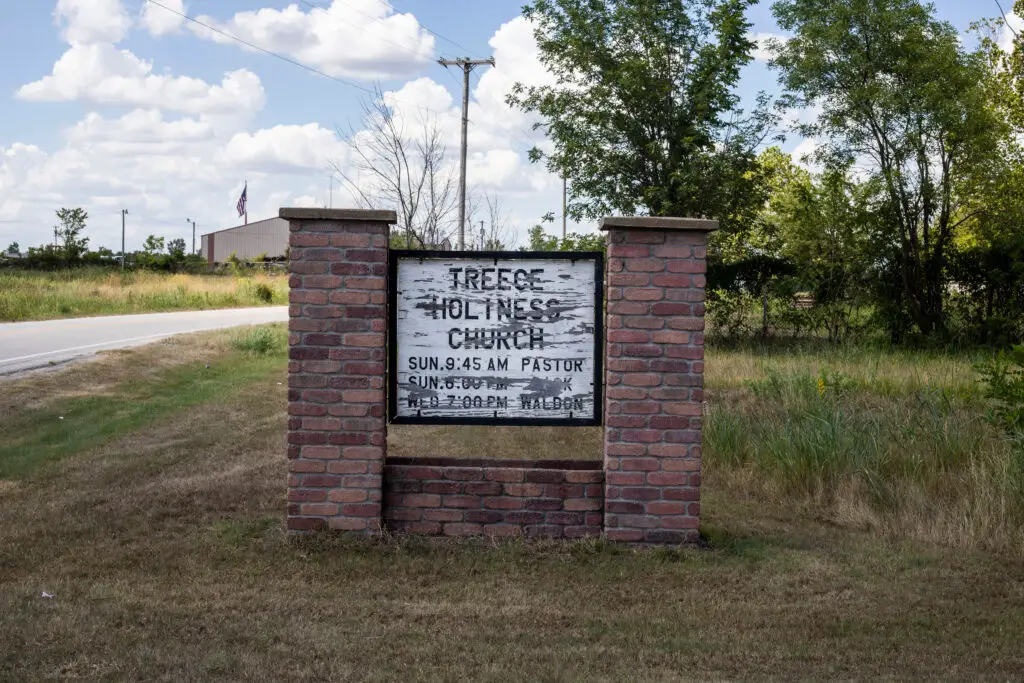
Picher’s story is one of environmental tragedy. Once a thriving lead-mining town, it became uninhabitable due to toxic contamination and massive sinkholes. Declared a Superfund site, nearly all residents were relocated, leaving behind an eerie wasteland. The town’s iconic chat piles, remnants of mining activity, continue to erode the landscape. Time and nature are slowly reclaiming what remains, and Picher’s complete disappearance seems inevitable.
9. Loving, New Mexico

Located in the heart of oil country, Loving faces a different kind of crisis: resource exhaustion and environmental degradation. The town has seen its fair share of booms and busts, but with declining oil reserves and minimal economic diversification, it’s struggling to sustain itself. Extreme weather events, driven by climate change, add to the uncertainty. Loving’s tight-knit community works hard to keep it alive, but the odds are stacked against it without significant intervention.
10. Barberton, Ohio

Barberton was once known as the “Magic City” for its rapid growth during the industrial era. Today, it’s a shadow of its former self, with declining industries and an aging population. Many of its historic buildings have fallen into disrepair, and urban flight has left gaps in its vibrant past. Efforts to revitalize the downtown area are underway, but the clock is ticking. Without sustained economic growth, Barberton could lose its battle against decline.
11. Kennecott, Alaska
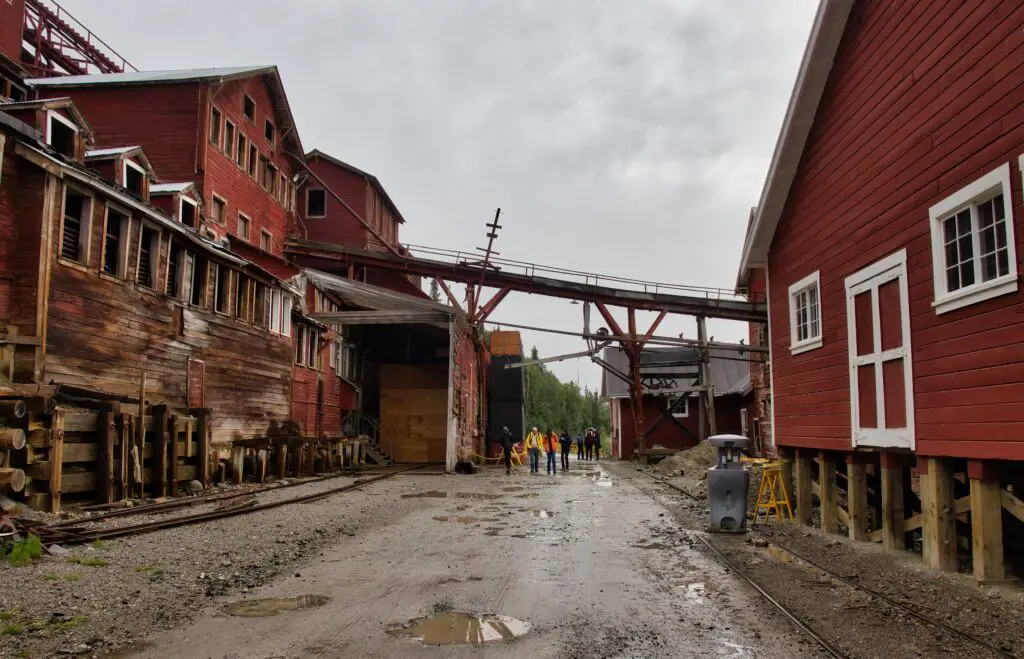
This remote Alaskan town was once a bustling copper mining hub but has been deserted since the mines closed in the ’30s. Kennecott’s preserved structures tell a fascinating story of industrial ingenuity in the face of harsh wilderness conditions. However, its isolation and extreme weather threaten the stability of its remaining buildings. While it’s a popular tourist destination, maintaining its infrastructure is a logistical nightmare. Kennecott’s days could be numbered unless preservation efforts ramp up.
12. Portsmouth, Ohio
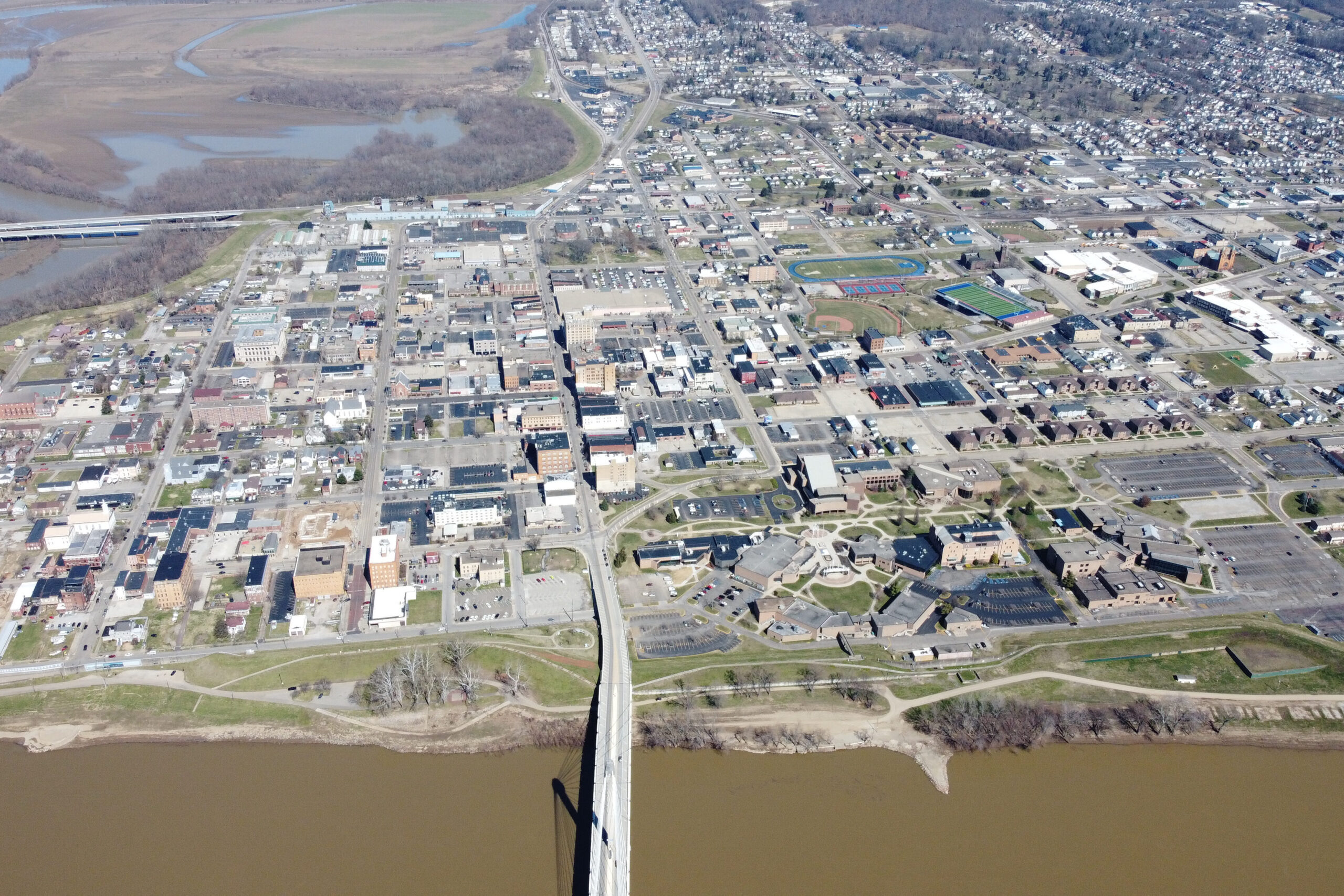
Located along the Ohio River, Portsmouth has faced decades of economic hardship following the decline of manufacturing jobs. Flooding and drug addiction have also plagued the town, furthering its struggles. Portsmouth’s murals, which celebrate its rich history, remain a highlight, but they can’t sustain the town alone. As younger generations move away in search of better opportunities, Portsmouth risks becoming a relic of the Rust Belt. With more investment in infrastructure and community programs, it could turn the tide—but time is running out.
